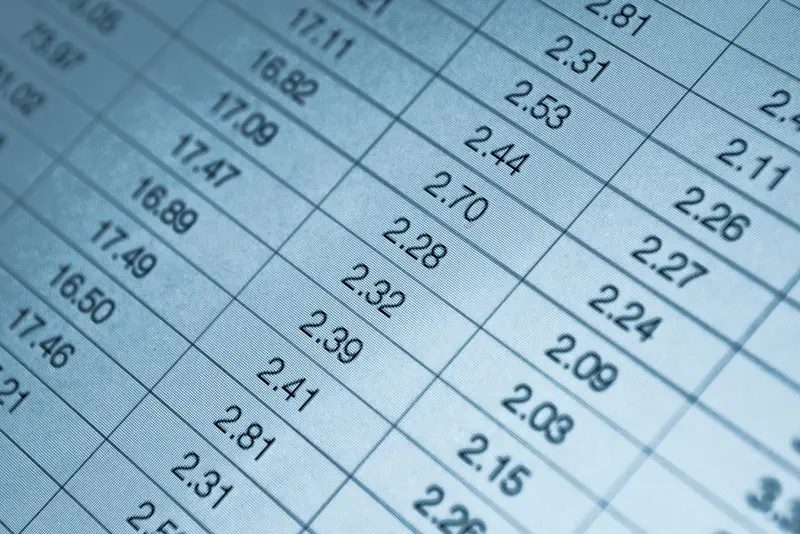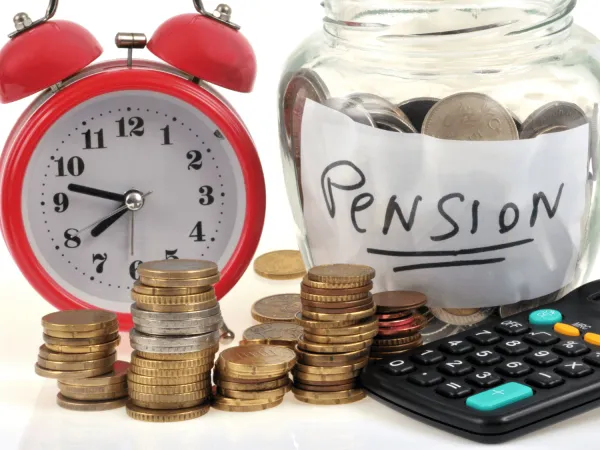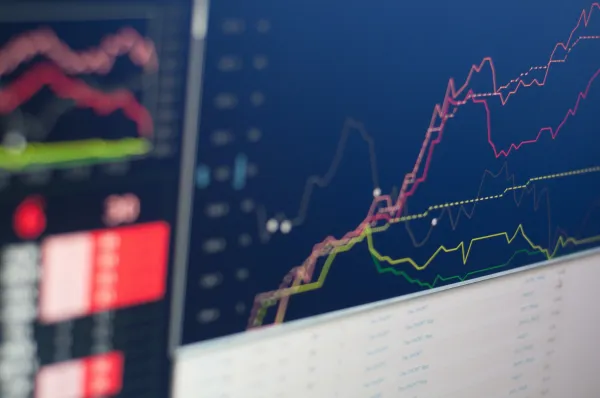
Explaining the Solow Model of Economic Growth
There are multiple ways economists measure economic growth. But for this article, we’ll be looking at a method that revolutionized our thinking when it comes to doing so: the Solow Model of Economic Growth.
The Solow Model looks at long-run economic growth using a mathematical model. For those who think there isn’t any math in economics — that it’s just theory — well, this model will disappoint you. There’s actually a lot of math involved.
However, the ideas and philosophies behind it are quite manageable and easy to understand. So, to properly grasp the Solow Method, let’s start with a breakdown of related economic terms. We’ll talk math a little later.
The Basics
Nobel Prize winner Robert Solow created the Solow Model in the 1980s. It is a massive contribution to neo-classical economic thinking and the basis for modern theories of economic growth. It’s the pioneer of neoclassical growth methods.
Neoclassical economics uses the theory of supply and demand to explain pricing, production, and consumption of goods. It also suggests how useful a product or service is to consumers, its utility is the most important factor when determining its value. The more useful something is to a consumer, the pricier it will be.
Neoclassical economists also believe that for a country to see a rise in its growth rate, an economy must meet both conditions:
- Increase in labour supply and
- Increase in labour and capital productivity.
Essentially, there needs to be an increase in population (labour supply), better tools to generate products, and a better allocation of capital (money).
Solow’s Output Requirements
You can also think of “growth rate” as output — how much an economy produces a particular product. With Solow, you can analyse this output by looking at three different factors:
- Population growth rate change.
- Savings rate.
- Technological progress.
As mentioned before, Solow is a mathematical model. You can consider population, savings, and technological progress Solow’s variables. He takes these variables and works out what a country’s growth will look like over the long-run.
These variables also make the model successful when analyzing different countries. It does not assume that every country follows the same progression.
You can think of it this way. Thanks to big factories, we can easily mass produce things like cars, blankets, and even processed food. Whereas it might have taken someone a month to sew a quilt, a machine can do it in an hour. When we take production to a new technological level, a country’s output can increase significantly. Even the addition of sewing machines speeds up production. Hire five people to operate these sewing machines, and you’ve increased your labour, your spending capital on salaries and tools, and you have boosted your output rate.
How the Solow Model Deals with Capital Increase
Increasing capital in the Solow Model does increase productivity, but only for the short term.
For example, you have ten employees who share three printer/scanner/copiers between them. You decide to purchase seven more so each employee has their own printer. This increases output. You choose to buy two more, which increases output even more because now workers can multitask. But two isn’t enough. You buy five more. Yet, for some reason, you don’t see a significant change in output. This is because there’s no need for five more printers since no one is using them. Twelve was enough. The increase in output eventually tapers off.
Savings and Investments
Another way to think of this is in terms of savings and investments. Higher savings and investments do increase national income. It’s a key factor to an economy’s growth as it increases capital stock — the equipment that helps with production. With more people investing in a company (spending money on its products), the company can grow. But only for the short term. There are no long-term effects by increasing savings and investments.
Economic Resiliency
The Solow Model also assumes that it doesn’t matter how much capital an economy starts with; the output will always return to a level that matches an economy’s underlying situation.
War has proven this theory in Japan and Germany. Both countries suffered significant capital damages after WWII bombings, yet they bounced back to their pre-war economic states. This is because their economic features were healthy enough to support such a return.
Numerical Example
Now to get into the math end of things. The following numerical example includes basic Solow Model equations. You won’t necessarily be able to connect the ideas we discussed to the math; consider these equations and formula part of the model, but a separate class, so to speak.
We are assuming that our example economy has no outside trade nor government. It is a closed economy.
Terms
- Y = GDP per worker *Y also equals the square root of capital
- K = capital per worker
- d = depreciation rate
- s = saving rate
In a closed economy, the GDP per worker is Y = C + i.
- C = consumption per worker
- i = investment per worker
Key Equations
- Production Function Y = F(K)
- Investment = s(Y)
- Consumption = (1-s)Y
- Change in capital/labour ratio = i-dK *The change in capital is zero, which indicates a steady-state. This means the ratio stays constant. Therefore, i=dK and sY=dK.
Values for Example
- d = 0.10
- s = 0.20
Steps
- First, find the steady-state capital/labour ratio (K).i=dK or sY=dK or sK1/2=dK
0.20K1/2 = 0.10K
2K1/2 =K
2=K1/2 (square both sides) K= 4 - Next, find the steady-state output (Y).Y=K1/2
Y=41/2
Y=2 - Find the steady-state consumption level.C=(1-s)Y
C=(1-0.20)2
C=(0.80)2
C=1.6 - Moving on, we find the steady-state investment level.i=s(Y)
i=0.20(2)
i=0.40
With these figures, you’ll be able to compare numbers between different economies.
Outcomes of the Solow Model
Ultimately, the Solow Model shows us a few things:
- Population growth determines how quickly or slowly an economy grows.
- When the population grows, so does an economy’s labour force (L).
- Capital and labour grow at a constant rate because capital follows labour’s growth rate. Output, saving, and consumption grow at that rate as well.
Conclusion
The thinking behind the Solow Model tends to be easier to grasp than the math for the casual reader. Getting to know that math, the crux of the model, however, will give you insight into economies you’ve never had before.
But if there’s one thing you should take away from the Solow Model — without the math — it’s that capital alone does not grow economies for the long term. You need labour and technology as well.


